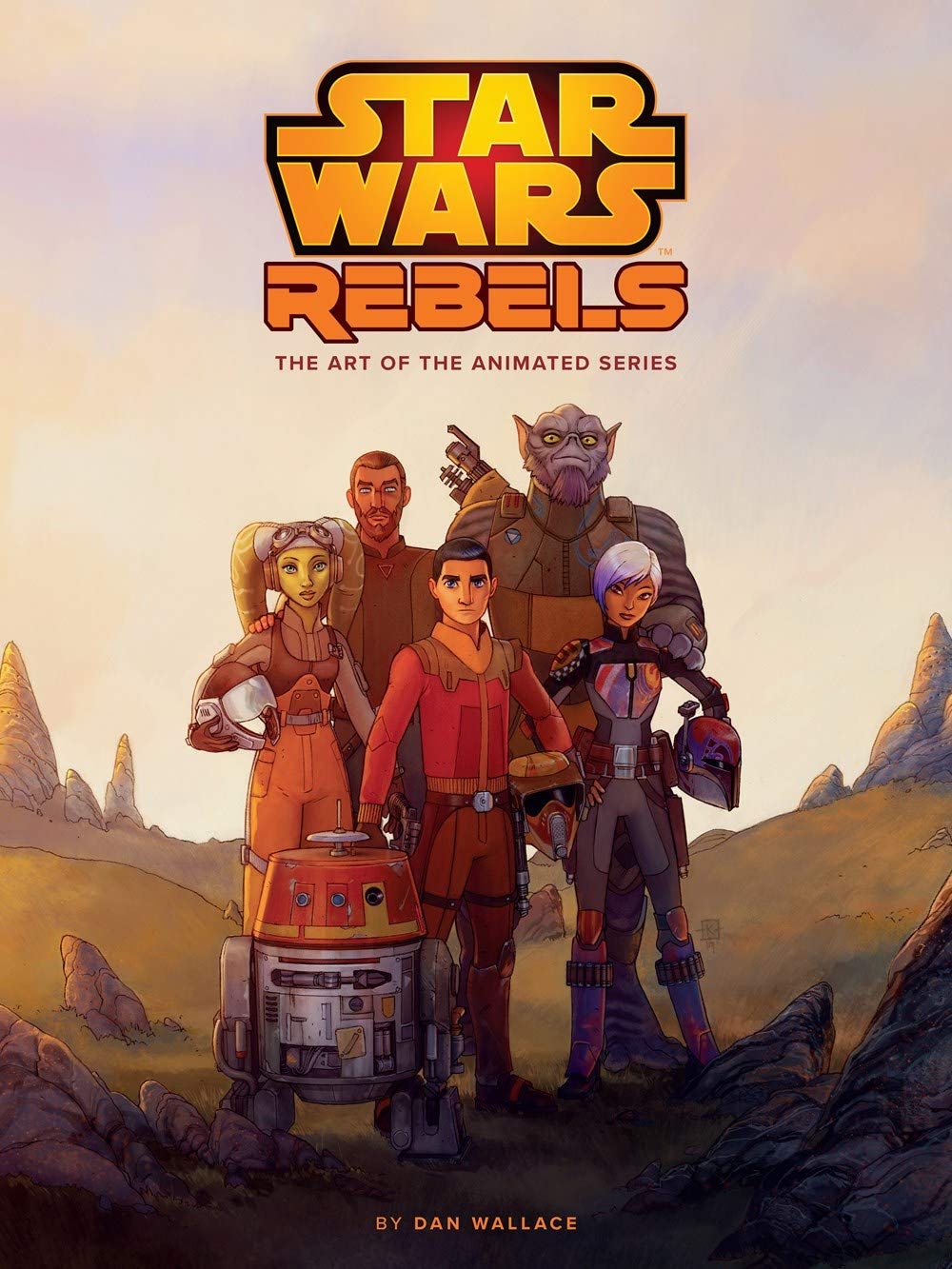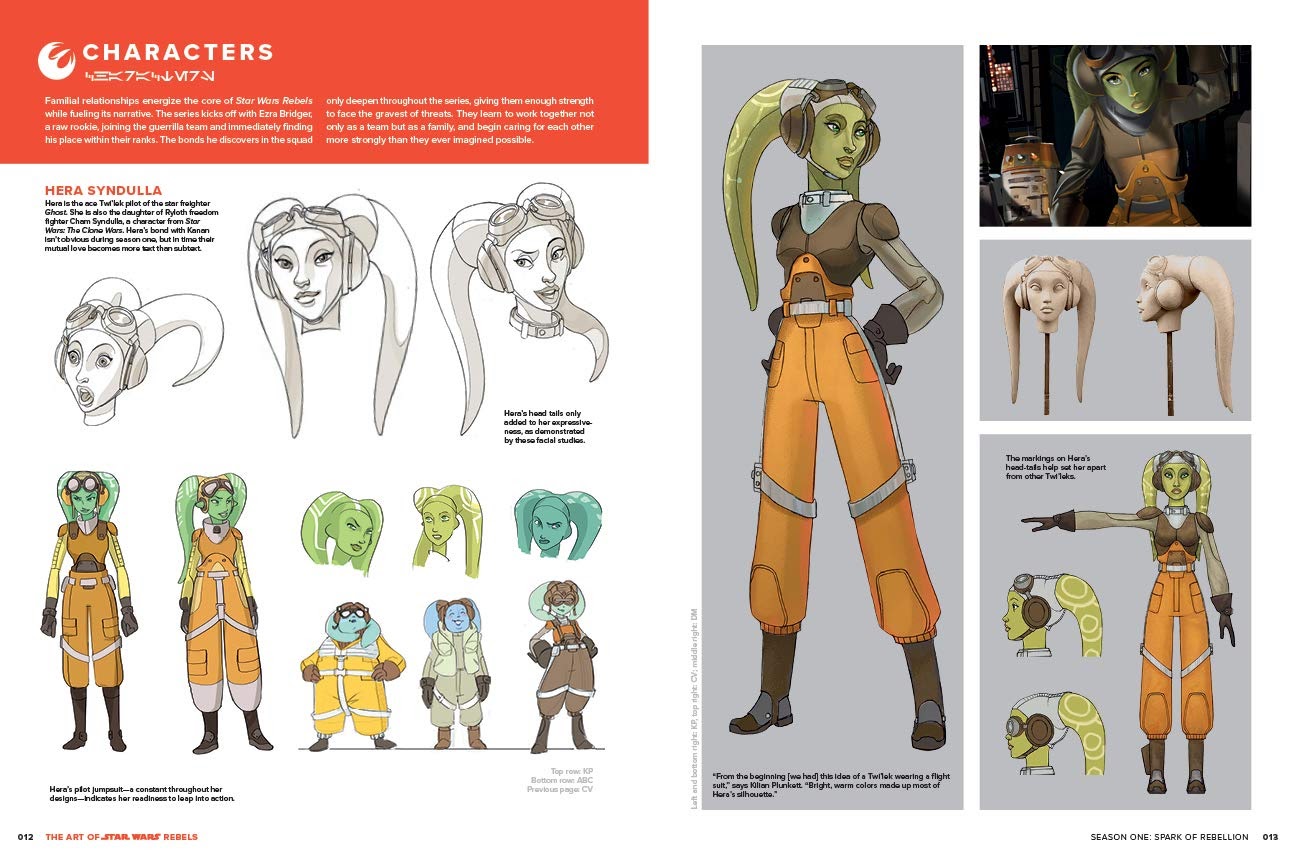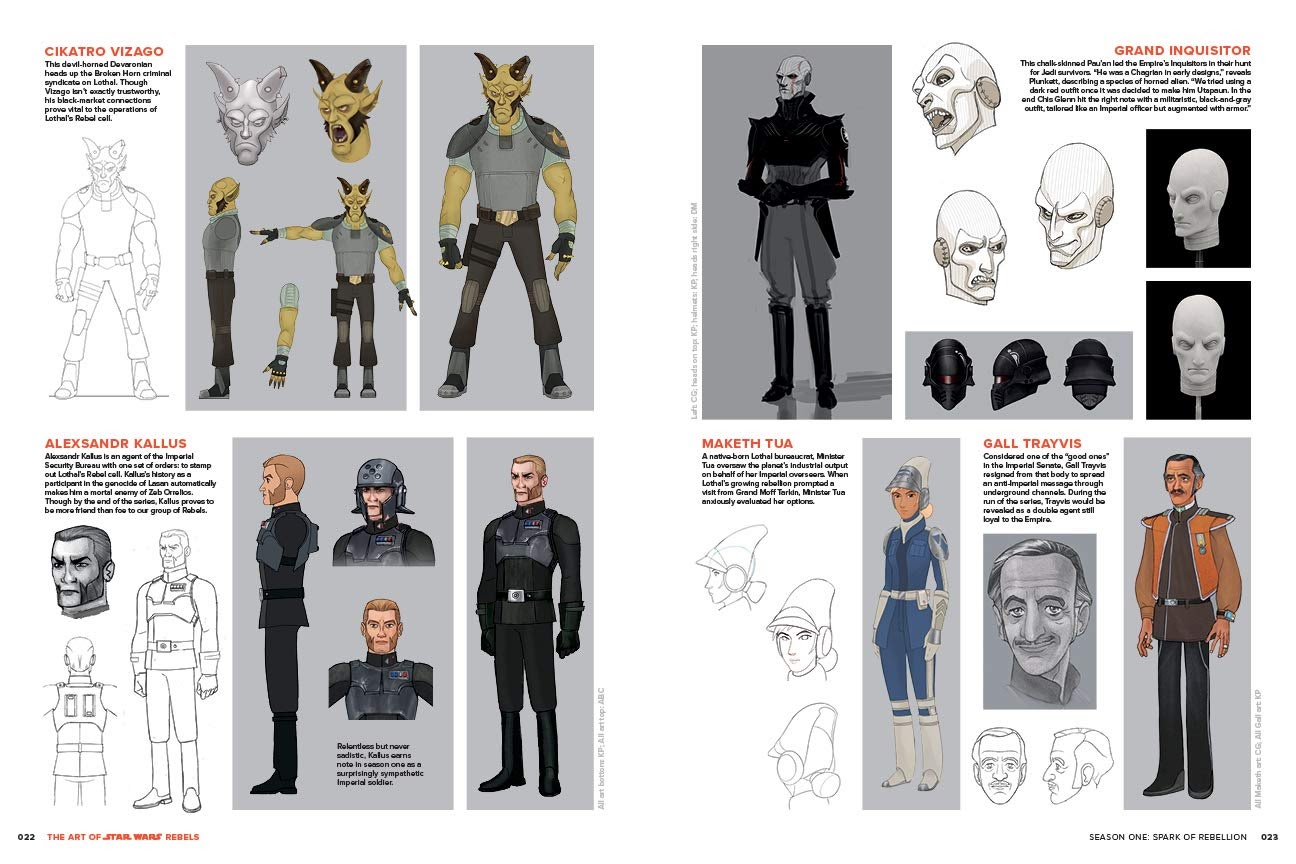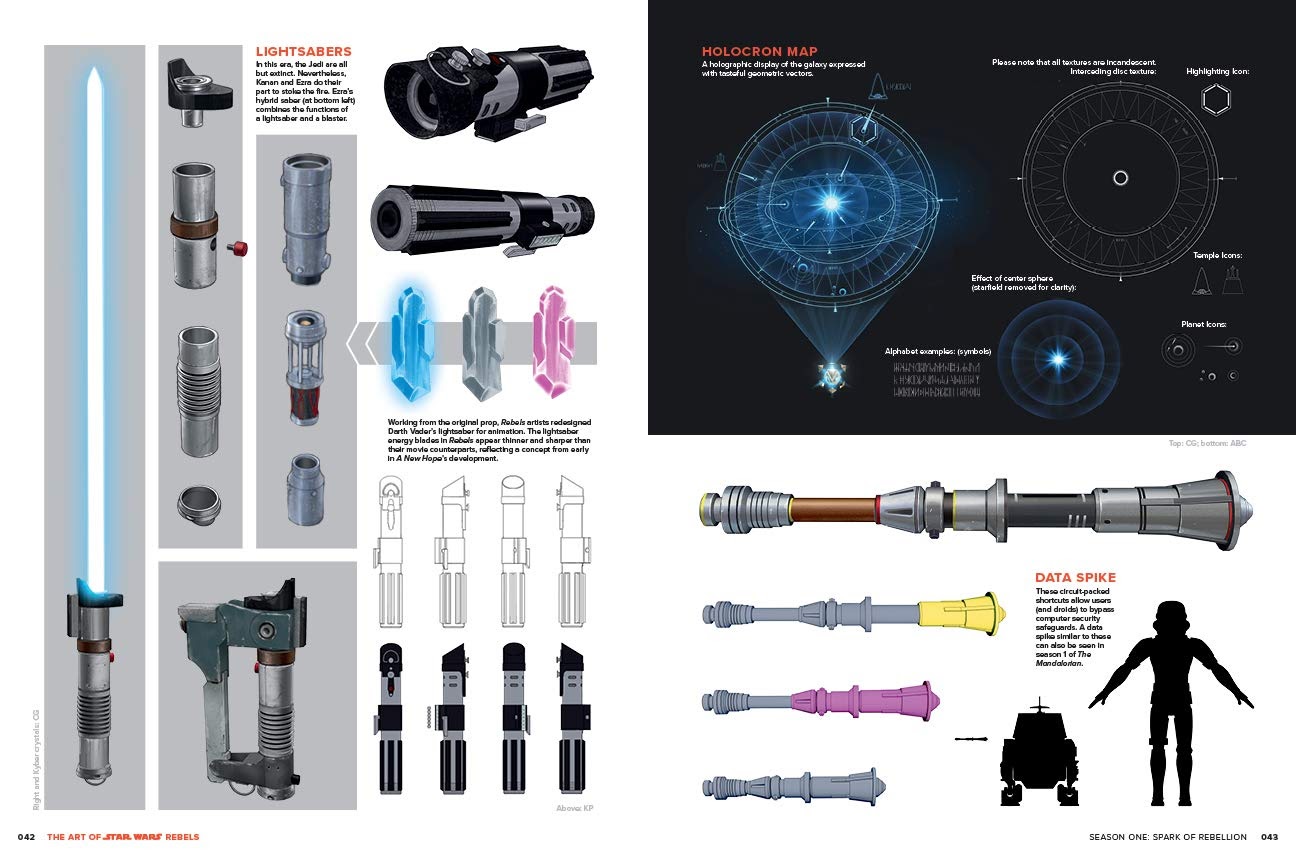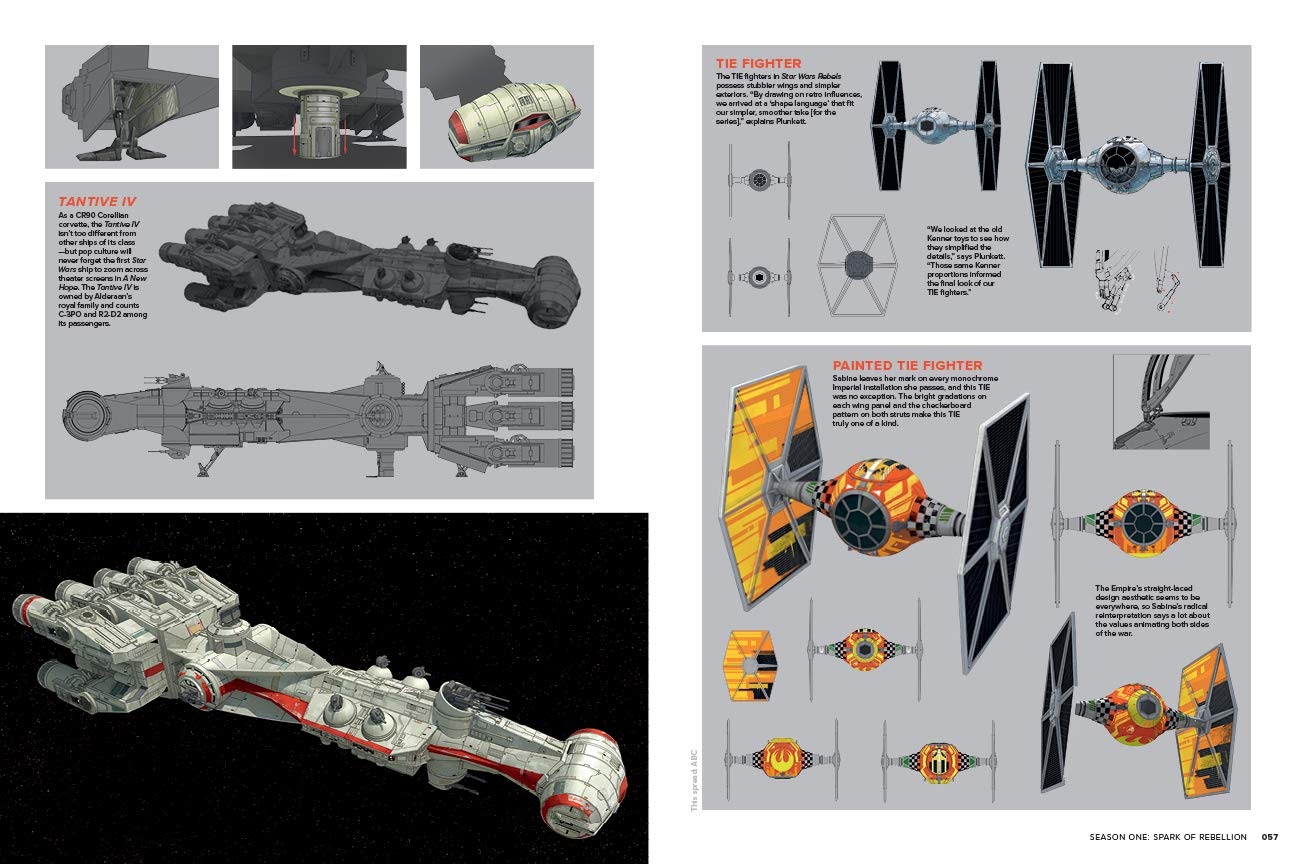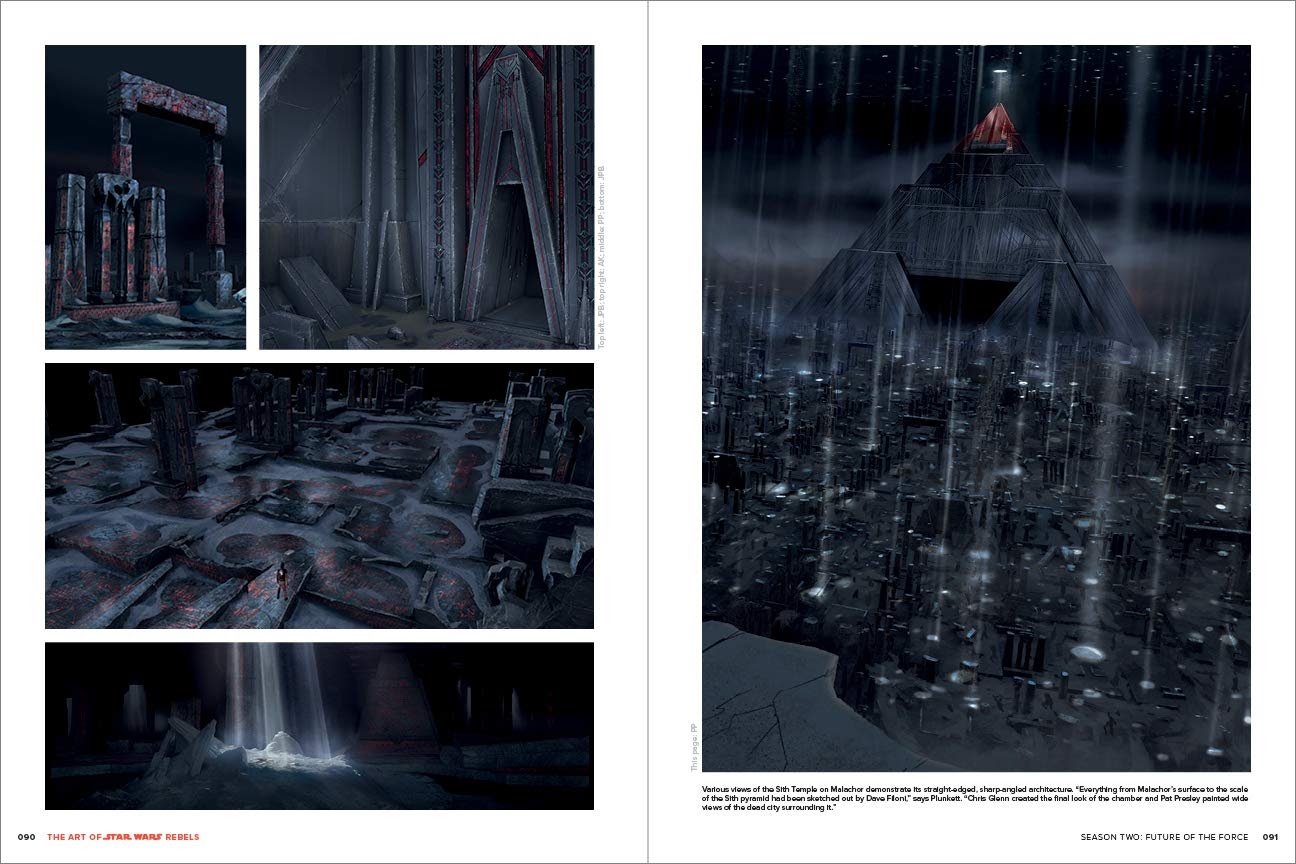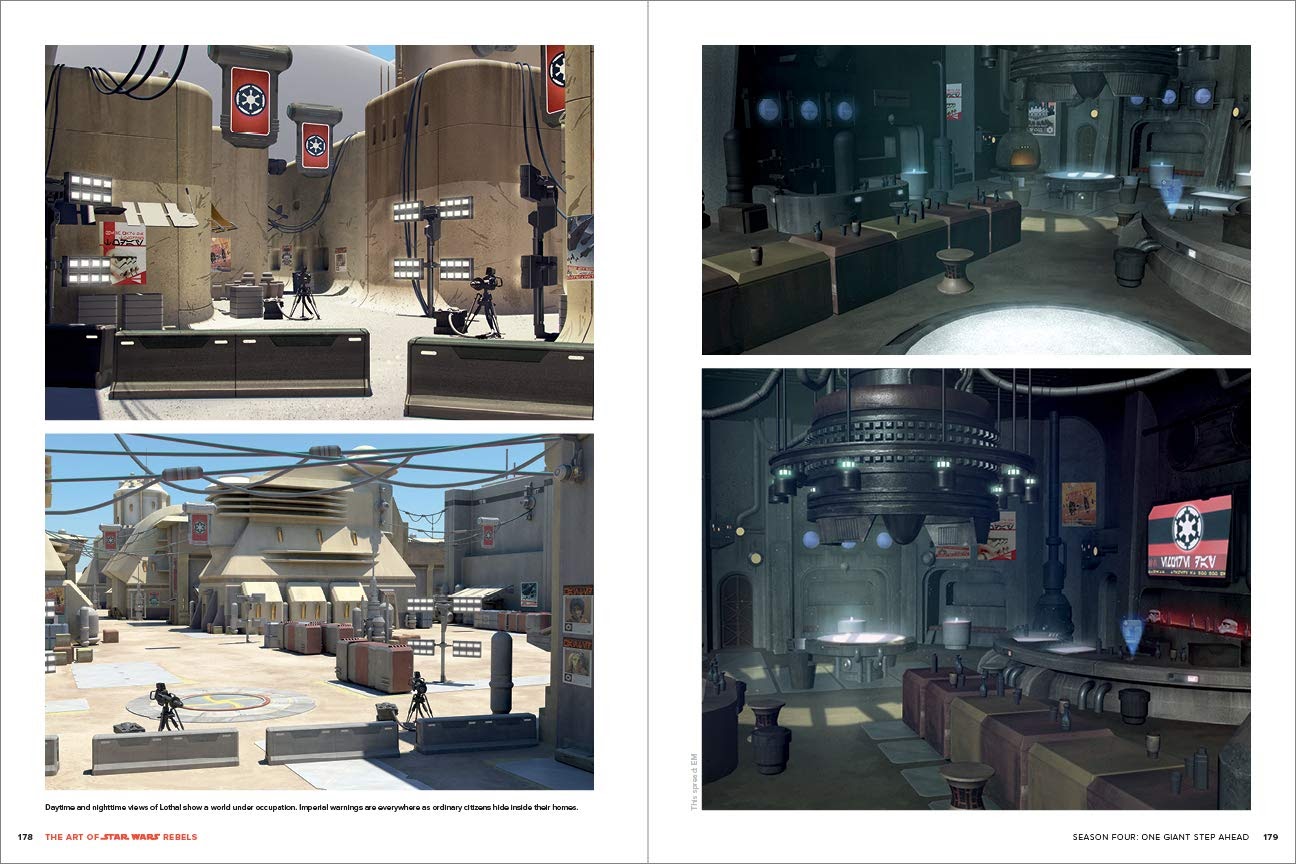Book Review: “The Art of Star Wars Rebels”
Now that the popular animated series Star Wars: The Clone Wars has concluded its long-delayed final season, it’s probably a great time to revisit its sister and sequel series Star Wars Rebels, which is set about fifteen years later in the timeline, between episodes III and IV of the larger Star Wars saga.
With that in mind, now is the perfect time for publisher Dark Horse Comics (in official cooperation with Disney and Lucasfilm Publishing) to have released its excellent hardcover coffee table book The Art of Star Wars Rebels, which finally came out at the end of April after being pushed back from its original 2019 street date.
The Art of Star Wars Rebels is written by Daniel Wallace (Star Wars: The Rebel Files, Star Wars: Smuggler’s Guide) and contains over 200 pages of gorgeous concept art by a variety of very talented artists who each contributed to to the look of the show in their own way, including the legendary and late Ralph McQuarrie, whose work still influences the Star Wars aesthetic on the big screen, small screen, and in Disney Parks’ Star Wars: Galaxy’s Edge. The book’s foreword by Star Wars Rebels co-creator Dave Filoni reminds me of the lengthy speech he gave at the end of the most recent episode of Disney Gallery: The Mandalorian about the mythology of Star Wars and the importance of maintaining George Lucas’s vision for the franchise. It’s a great way to start a deep-dive into one of Filoni’s most beloved brain-children.
We see early development sketches of new heroes characters like Hera Syndulla, Kanan Jarrus, and Ezra Bridger, plus fresh designs for returning-favorite villains such as Darth Vader, Grand Moff Tarkin, and Grand Admiral Thrawn. The concept paintings that informed the show’s environments are especially beautiful, and one can see how thoroughly McQuarrie’s work in the 1970s and early 1980s determined the path Star Wars would take over the next four decades. We also get in-depth looks at the many ships, droids, weapons, and costumes that populated the world of Star Wars Rebels, while Wallace’s informative captions enlighten the reader as to the overall development of the show and its distinctive production design style.
My favorite part of The Art of Star Wars Rebels is getting to see how these designs evolved from their earlier concepts, and even spotting one or two characters who were intended to appear on Rebels but ultimately did not, such as Director Orson Krennic from Rogue One: A Star Wars Story. As the book progresses chronologically, the artwork generated for landscapes and locations in later seasons of the series is particularly breathtaking, which corresponds with how the show matured as it went along. Overall I think this book would make a perfect addition to any fan’s collection and matches the quality and presentation (though not necessarily the formatting or shape, considering it’s from a different publisher) of previous entries in the Art of Star Wars series.
The Art of Star Wars Rebels is available now from Dark Horse Comics and Lucasfilm Publishing wherever books are sold.



